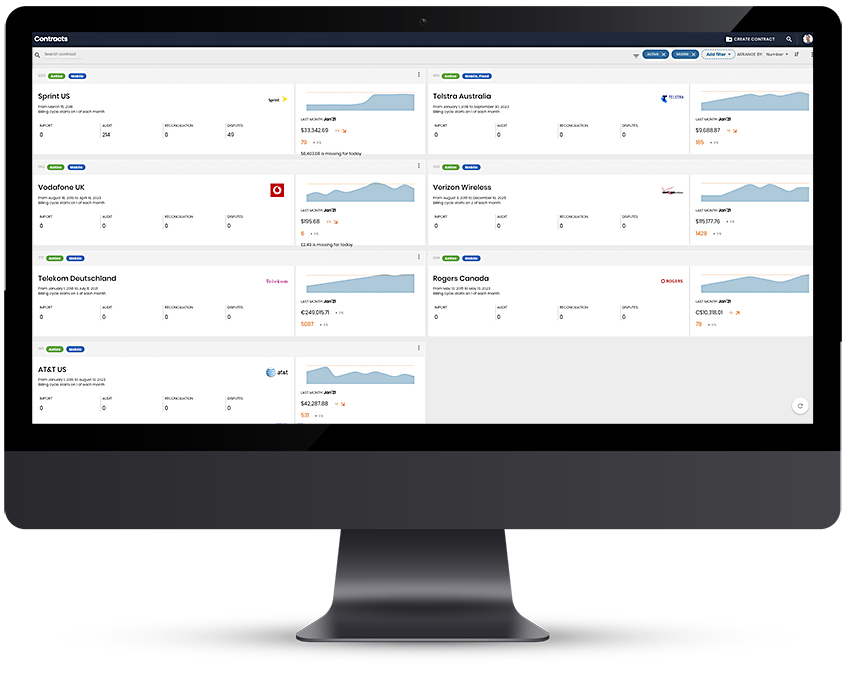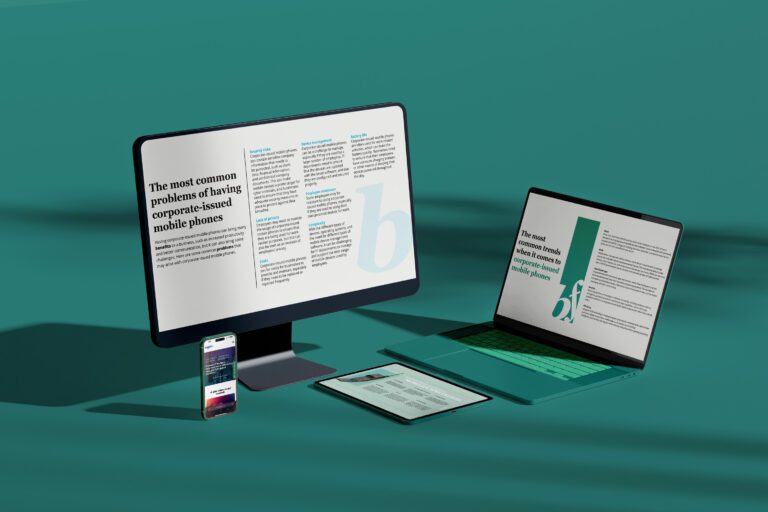Managing technology expenses can be a daunting task, especially for businesses with a large number of employees and multiple devices. However, it is crucial to keep track of these expenses to ensure that your company is not overspending and to identify areas where cost savings can be made. Here are five key strategies for successful technology expense management:

1. Conduct a thorough audit of expenses
Conducting a thorough audit of all expenses is a critical first step in managing technology expenses effectively. This involves reviewing all bills and invoices related to technology expenses, including those related to devices, software, and services.
In addition to reviewing bills and invoices, it is important to identify all devices and services being used by employees. This can include desktop computers, laptops, smartphones, tablets, and other devices, as well as software applications and cloud-based services.
By conducting a comprehensive audit, you can identify any unnecessary expenses, such as duplicate software licenses or unused devices, and take steps to eliminate these costs. You can also identify areas where costs can be reduced, such as by renegotiating contracts with service providers or switching to more cost-effective solutions.
Furthermore, conducting a thorough audit can help you to gain a better understanding of your technology expenses and identify trends over time. This can help you to make more informed decisions about future technology investments and ensure that your technology expenses are aligned with your business goals and objectives.
2. Implement a centralized expense management system
Implementing a centralized expense management system can help to streamline the process of tracking and managing technology expenses. This can include using software that automates telecom expense tracking and reporting.
A centralized expense management system can help to streamline the process of tracking and managing technology expenses by providing a single platform for all expenses related to technology. This can include expenses related to hardware, software, and services, as well as expenses related to data usage and telecommunications.
Using software that automates expense tracking and reporting can help to reduce the time and effort required to manage technology expenses. This software can automatically categorize expenses, generate reports, and provide real-time visibility into spending. This can help you to identify trends and patterns in your technology expenses, as well as identify areas where costs can be reduced.
3. Set clear policies and guidelines for technology use
Setting clear policies and guidelines for technology use can help to prevent unnecessary expenses and ensure that employees are using technology in a responsible and efficient manner. This can include guidelines for device usage, data usage, and software installation.
4. Monitor usage and identify areas for optimization
Monitoring technology usage is an important strategy for identifying areas where costs can be optimized. By monitoring technology usage, you can identify areas where resources are being wasted or used inefficiently. This can include identifying employees who are using more data than necessary, or identifying devices that are no longer being used but are still incurring expenses.
One way to monitor technology usage is to implement software that tracks data usage and provides detailed reports on usage patterns. This can help you to identify employees who are using excessive amounts of data, as well as identify trends and patterns in data usage over time. By identifying these trends and patterns, you can take steps to optimize data usage and reduce costs.
Another way to monitor technology usage is to conduct regular audits of devices and services being used by employees. This can help you to identify devices that are no longer being used but are still incurring expenses, such as unused software licenses or outdated hardware. By identifying these devices, you can take steps to eliminate unnecessary expenses and reduce costs.
In addition to monitoring technology usage, it is important to establish clear policies and guidelines for technology use. This can include guidelines for data usage, device usage, and software installation. By establishing these guidelines, you can help to ensure that technology resources are being used efficiently and responsibly, which can help to reduce costs and improve overall productivity.
5. Negotiate with vendors and service providers
Negotiating with vendors and service providers is an important strategy for reducing technology expenses. By negotiating better rates for services or discounts for bulk purchases, you can reduce the overall cost of technology expenses and achieve cost savings for your business.
One way to negotiate with vendors and service providers is to conduct research on pricing and service offerings from multiple providers. By doing so, you can identify providers who offer competitive pricing and service offerings. You can then use this information to negotiate better rates or discounts with your current providers or to switch to a provider who offers better pricing.
Another way to negotiate with vendors and service providers is to leverage your purchasing power. If your business makes large purchases of technology products or services, you may be able to negotiate better rates or discounts based on your volume of purchases. This can be especially effective when negotiating with providers for services such as telecommunications, cloud services, or software licenses.
It is also important to establish a good working relationship with your vendors and service providers. By establishing a positive relationship, you may be able to negotiate better rates or discounts based on your loyalty and long-term business relationship.
By implementing these five key strategies, businesses can effectively manage their technology expenses and identify areas for cost savings. It is important to regularly review and update these strategies to ensure that they remain effective and relevant to the changing needs of the business.






